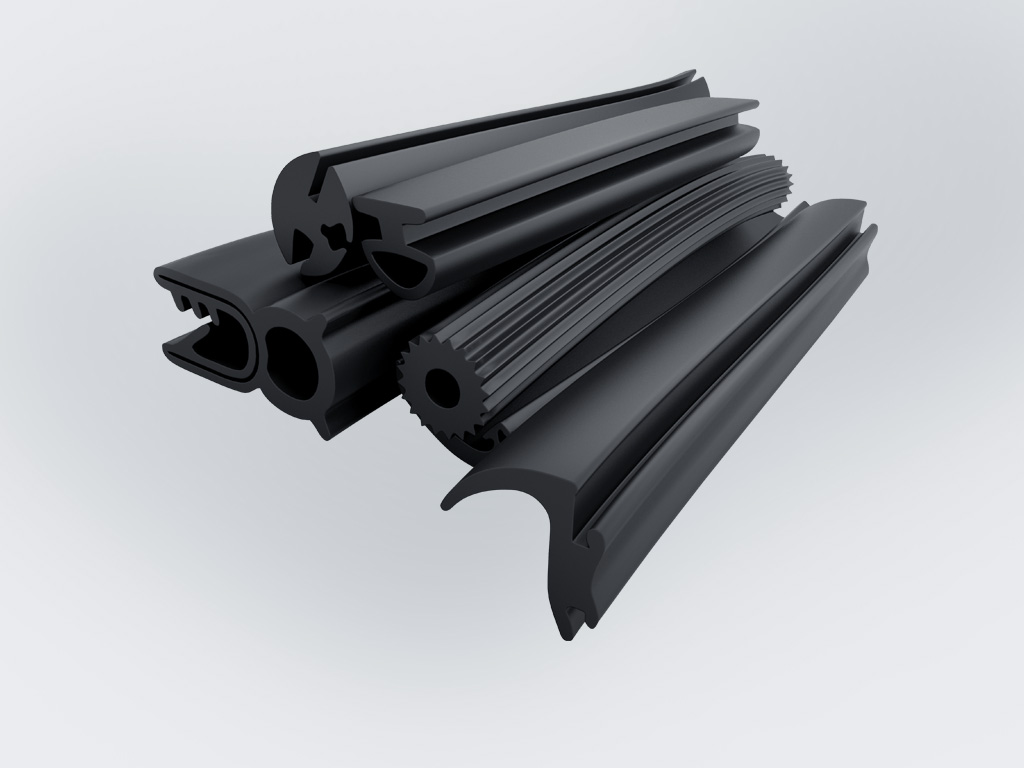
Extruded rubber square flat profiles in EPDM.
The rubber flat profiles are produced by extrusion. Extruders are used to press the rubber mixture through a mouthpiece with the desired cross-section/profile. The continuously exiting profile is still in a plastic state and must still be given the desired rubber-elastic properties by vulcanisation. The rubber flat profiles can be ordered in a length of 25 - 50 meters. If you cannot find a suitable dimension in our online shop, please send us an inquiry by e-mail.
|
Item no. |
Label |
Length mm |
Width mm |
Thickness mm |
Quality |
Shore-hardness ° Sh A |
Color |
Basic price running meter |
Price Role |
Delivery period |
quantity |
Role |
|---|---|---|---|---|---|---|---|---|---|---|---|---|

By using this website, you consent to the use of cookies and our privacy policy. Privacy policy
agree.
If you have any questions, please contact info@vibraplast.ch